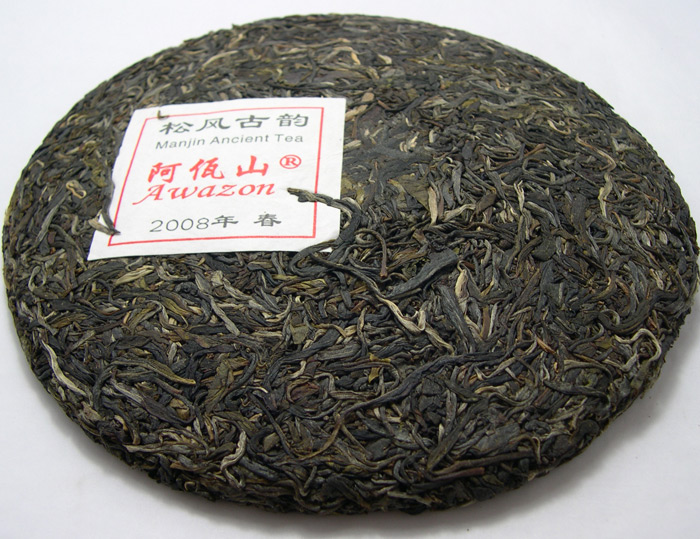In Malawi and other parts of Africa, the traditional curing method is fermentation based, wherein chlorophyll eating-bacteria are accelerated by wrapping the herb tightly in corn husk and either leaving in the sun, burying in warm earth, or cow dung so I've heard, among other methods. This method of removing chlorophyll is superior to the western burp jar method, which is still a bacterial process but to a lesser extent - it doesn't actually ferment the weed.
Many say the ferment-cure produces super smooth, earthy, and extra powerful smoke, and I agree.
I have very limited knowledge of this method and wondering if anyone can fill me in. Or better yet have direct experience of the method.
I have found the following tutorial online but it is not very detailed.
Originally from skunk magazine:
"Materials:
1) plastic 60 gallon trash can
2) 9 cubic feet of dirt
3) cornhusks
4) 1/2 ounce Malawi or equiv. Amount of sativa ( immediately following harvest buds should be hung dry as normal.
5) hemp fiber or twine
Process:
1) Cut or drill drainage holes in bottom of can. Fill trashcan 25% with dirt.
2) place the 1/2 ounce in the corn husk.
3) roll the herb back and forth in the corn husk ( somewhat like rolling a joint) compressing it into a cylindrical shape.
4) tightly wrap husks in the twine applying even more pressure to the herb.
5) place cobs on top of dirt in trash can and cover them with remaining 75% dirt.
Once per month pour a half a gallon of water on top of dirt. ( don't worry if weeds grow just pull em)"
I have heard a more extreme method of curing is to starve a goat, and feed it your prime buds. Goats, being herbivore's, have a fermentation based digestion, unlike a carnivores which is putrification based. The "nug manure" that proceeds is supposedly the finest and most powerful of herbs.
Also in Afghanistan and Pakistan buds (or resin powder I never remember which) are packed into the skin of a goat or sheep and buried, clearly a ferment based cure.
"Indiginous" cultures often have more advanced methods of preparing plants than western societies. What may seem like a pointless, or primitive practice is actually based in logic and science. For example we mainly eat our grains unfermented, in yeast filled bread, noodles and pasta. indiginous peoples always go to lengths to ferment their grain, this removes many harmful compounds and makes them easier to digest.
Nobody likes that fresh green flavour and uneven burning of un-cured weed, but when we cure without the correct level of bacteria, we are still leaving much of it in.
Bright green shiny nugs have become the in demand product, when they are actually the inferior product in terms of smoke quality.
I have some sativa buds that I may turn into "Malawi cobs" or other method of ferment-cure.
Now they've been dried and in mason jars for almost a month, so hope its not too late to initiate the fermentation?
How can I go about turning green, chlorophyll saturated nugs into dark mellow hashy smoke.
Many say the ferment-cure produces super smooth, earthy, and extra powerful smoke, and I agree.
I have very limited knowledge of this method and wondering if anyone can fill me in. Or better yet have direct experience of the method.
I have found the following tutorial online but it is not very detailed.
Originally from skunk magazine:
"Materials:
1) plastic 60 gallon trash can
2) 9 cubic feet of dirt
3) cornhusks
4) 1/2 ounce Malawi or equiv. Amount of sativa ( immediately following harvest buds should be hung dry as normal.
5) hemp fiber or twine
Process:
1) Cut or drill drainage holes in bottom of can. Fill trashcan 25% with dirt.
2) place the 1/2 ounce in the corn husk.
3) roll the herb back and forth in the corn husk ( somewhat like rolling a joint) compressing it into a cylindrical shape.
4) tightly wrap husks in the twine applying even more pressure to the herb.
5) place cobs on top of dirt in trash can and cover them with remaining 75% dirt.
Once per month pour a half a gallon of water on top of dirt. ( don't worry if weeds grow just pull em)"
I have heard a more extreme method of curing is to starve a goat, and feed it your prime buds. Goats, being herbivore's, have a fermentation based digestion, unlike a carnivores which is putrification based. The "nug manure" that proceeds is supposedly the finest and most powerful of herbs.
Also in Afghanistan and Pakistan buds (or resin powder I never remember which) are packed into the skin of a goat or sheep and buried, clearly a ferment based cure.
"Indiginous" cultures often have more advanced methods of preparing plants than western societies. What may seem like a pointless, or primitive practice is actually based in logic and science. For example we mainly eat our grains unfermented, in yeast filled bread, noodles and pasta. indiginous peoples always go to lengths to ferment their grain, this removes many harmful compounds and makes them easier to digest.
Nobody likes that fresh green flavour and uneven burning of un-cured weed, but when we cure without the correct level of bacteria, we are still leaving much of it in.
Bright green shiny nugs have become the in demand product, when they are actually the inferior product in terms of smoke quality.
I have some sativa buds that I may turn into "Malawi cobs" or other method of ferment-cure.
Now they've been dried and in mason jars for almost a month, so hope its not too late to initiate the fermentation?
How can I go about turning green, chlorophyll saturated nugs into dark mellow hashy smoke.






